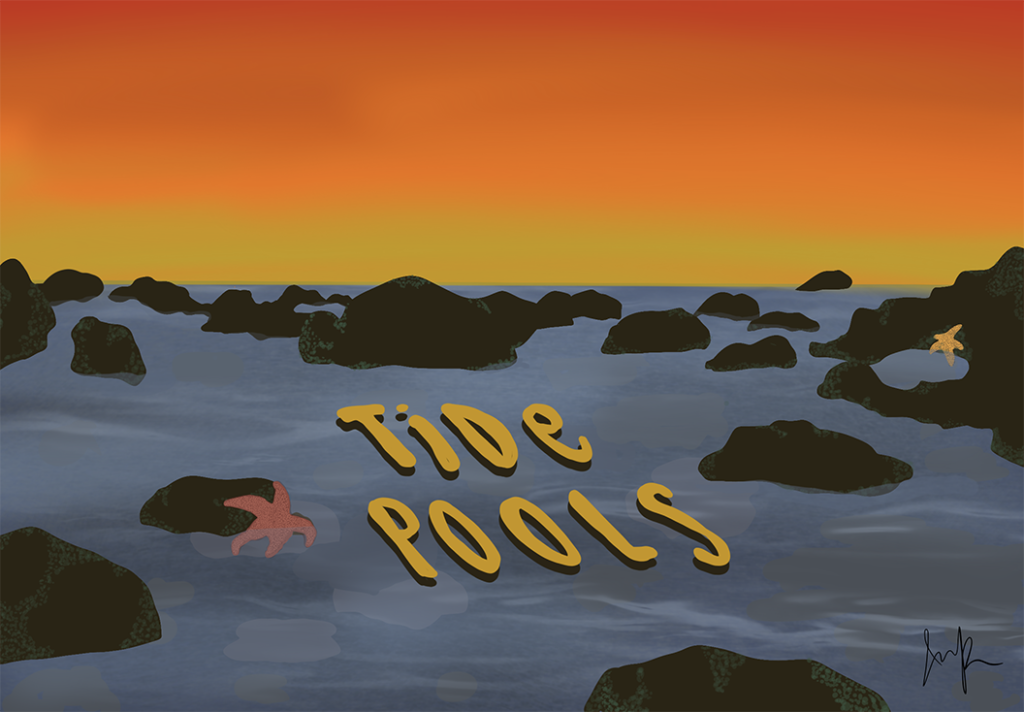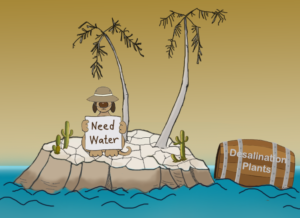
Tide pools are the miniature ecosystems of the sea. Beneath their beauty lies a dynamic habitat that experiences the flows of ocean tides, creating a unique, ever-changing environment. As the intersection between the land and sea, tide pools offer a glimpse into the diverse array of organisms that have adapted to this challenging, transitional zone.
Despite their size, tide pools are hotspots for biodiversity. Containing organisms that range from sea anemones and barnacles to crabs and sea stars, these pools contain a vast array of unique aquatic life. The diversity found within tide pools is a testament to the adaptability of organisms to fluctuating conditions, making them resilient microcosms of the larger marine ecosystem. Moreover, these hotspots are critical to aquatic health. They serve as safe havens for young marine life, offering a protected space for the growth and maturation of juvenile organisms before they explore the ocean. Moreover, tide pools play a part in the cycling of nutrients through the interaction of marine and terrestrial elements, nurturing a nuanced equilibrium within the coastal ecosystem. As Linda Chilton, a program specialist at USC, puts it, “They are nurseries for organisms, … buffers that prevent erosion of the shoreline,” and a “highly valued ecosystem.”
Unbeknownst to most, those inhabiting these pools fight a constantly evolving war. Organisms inhabiting tide pools have evolved distinctive adaptations to survive the challenges posed by the changing tides. Some have developed adaptations to withstand long periods of sun or constantly changing temperatures by developing moisture-retaining properties. Others are adept at navigating the intricate balance between predation and competition for limited resources in these confined spaces.
However, tide pools face escalating vulnerability to human impacts, encompassing the usual culprits of habitat degradation, pollution, and the repercussions of climate change. Urgent conservation measures are imperative to shield them, preserving their role as nurseries for marine life and captivating portals into the interdependence of land and sea. Spreading awareness among the public to foster a sense of responsibility and admiration for these ecosystems is a key approach. Various marine exhibits have already implemented education sectors purely with the focus on tide pools, most notably the Monterey Bay Aquarium. Additionally, setting guidelines for responsible recreation can help reduce human impact, minimizing the threats of habitat destruction and pollution. Designating marine protected areas around tide pool habitats acts as a buffer against overharvesting, ensuring the well-being of these ecosystems. Additionally, supporting scientific studies to deepen our understanding of tide pool dynamics and implementing effective restoration initiatives contributes to their lasting conservation. Collaboration among individuals, communities, and policymakers is essential in enacting measures that preserve and maintain the distinct and crucial role of tide pools in coastal environments.




